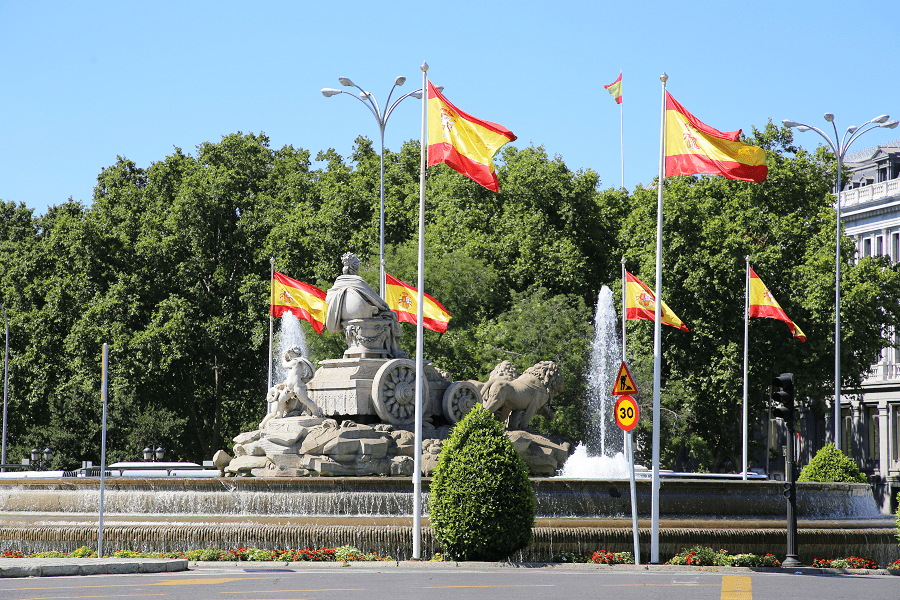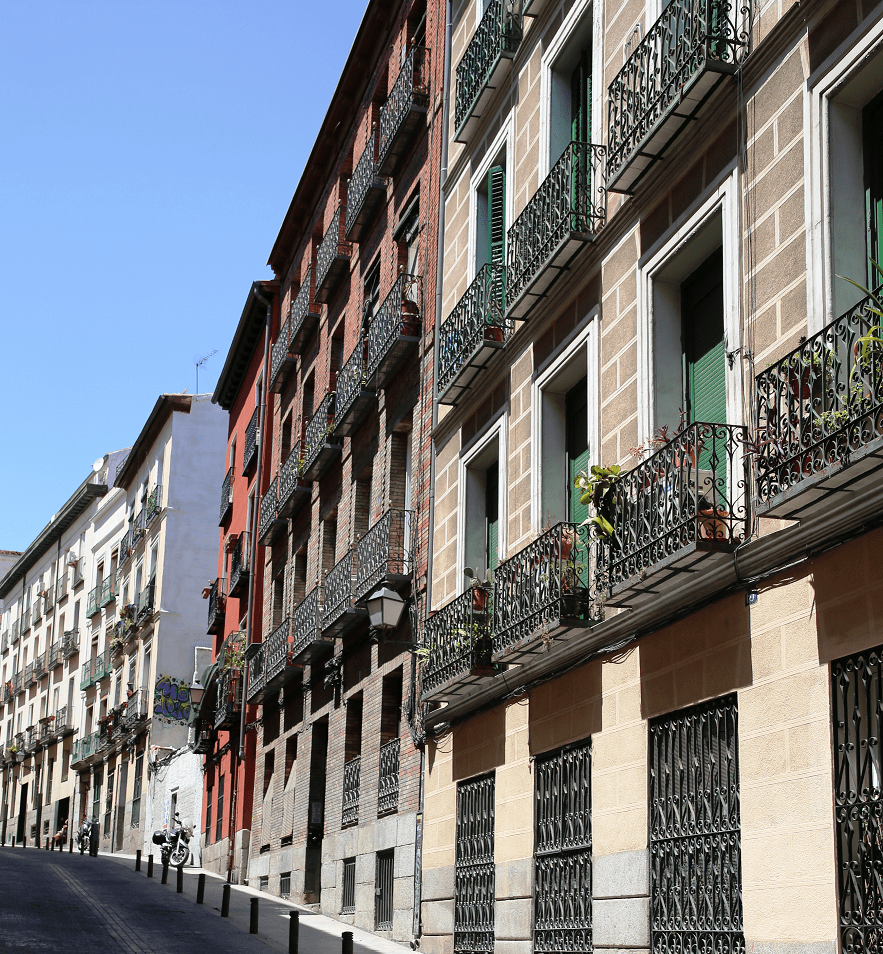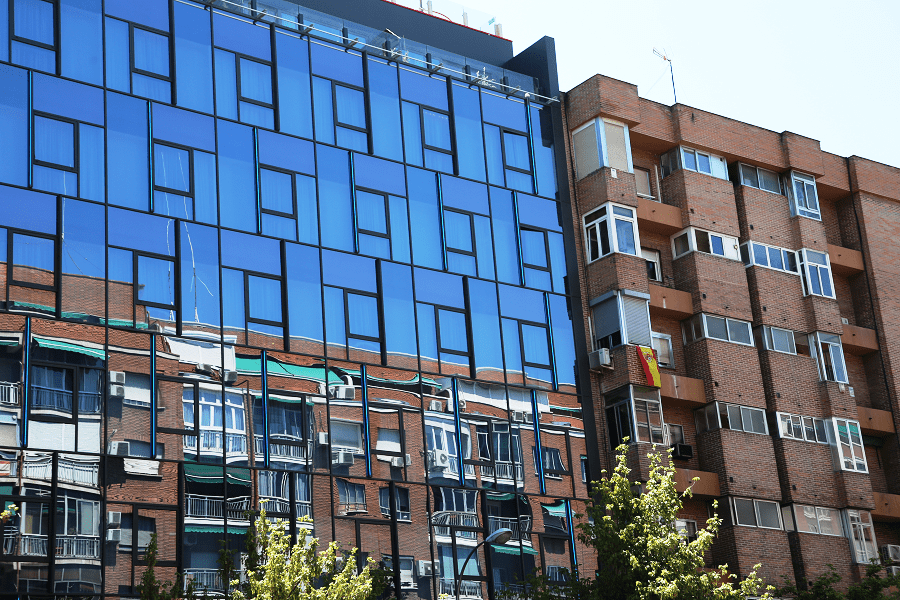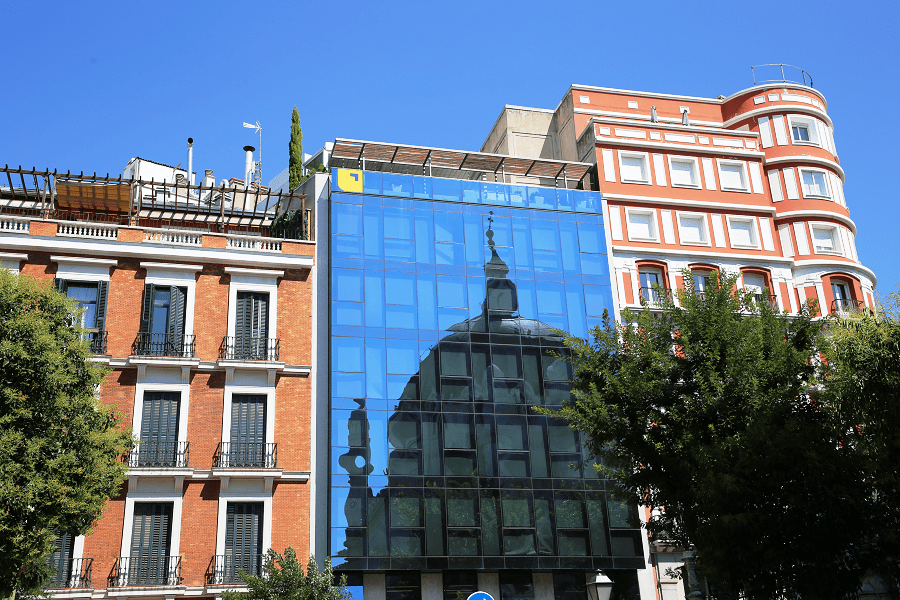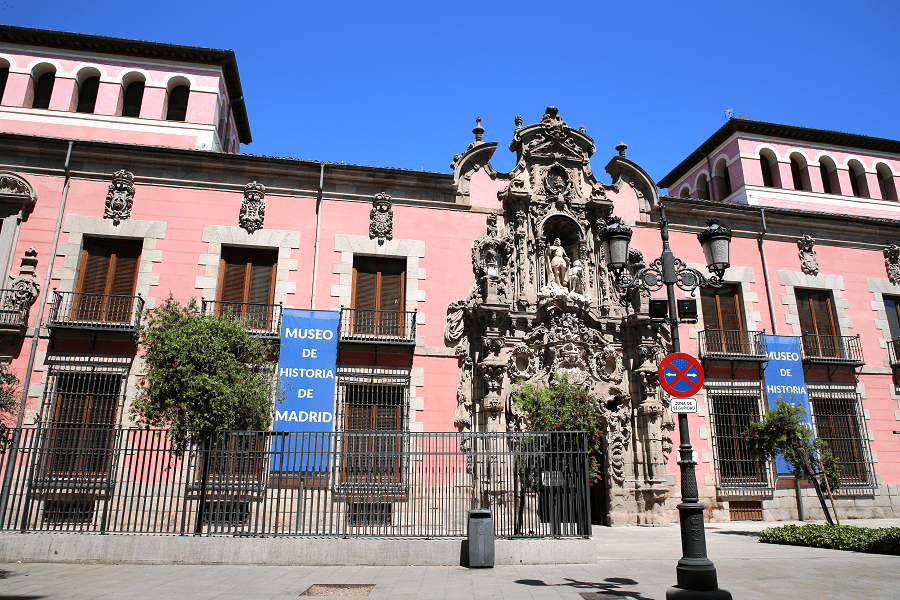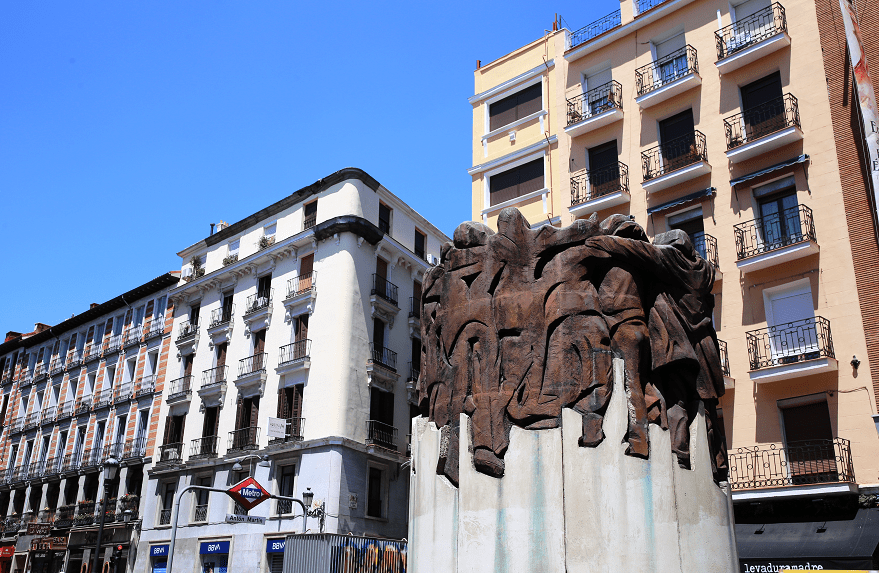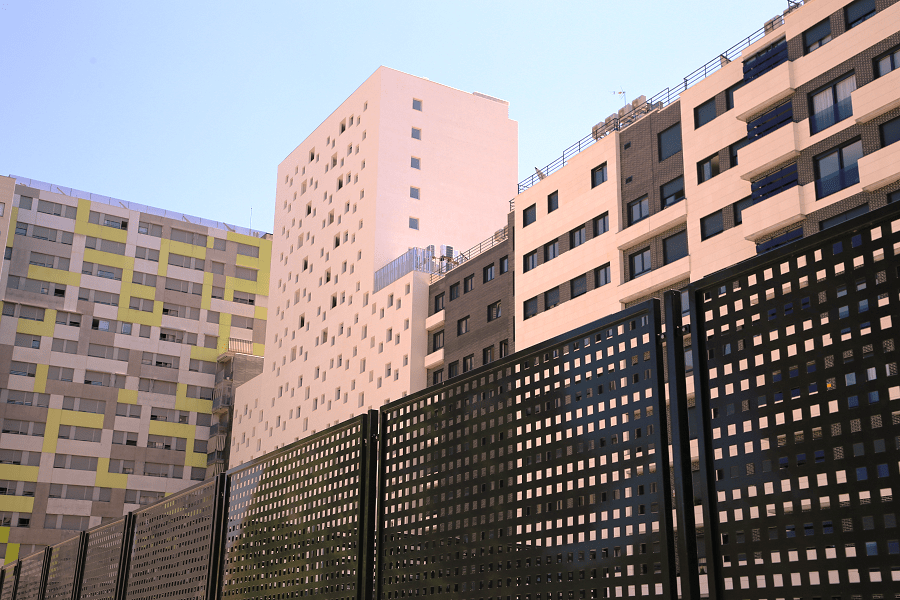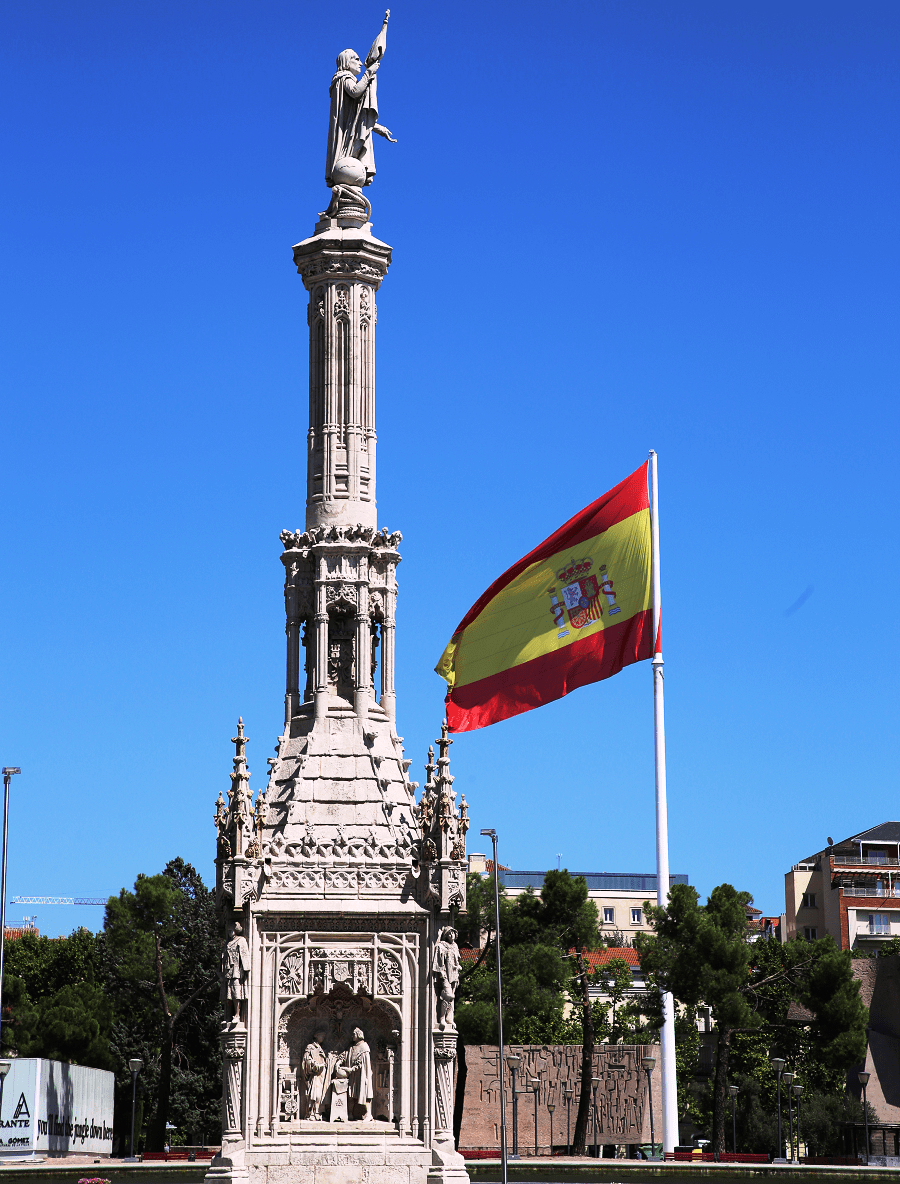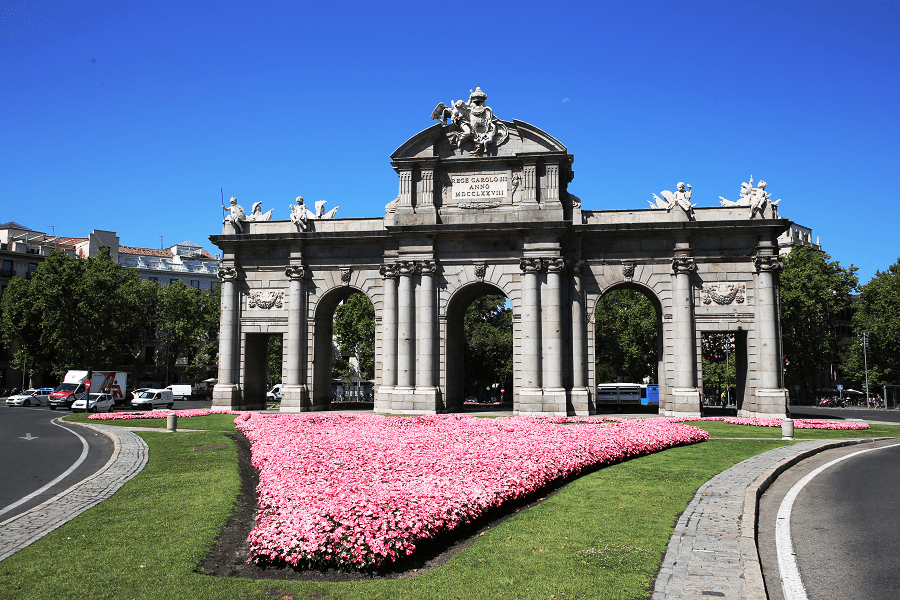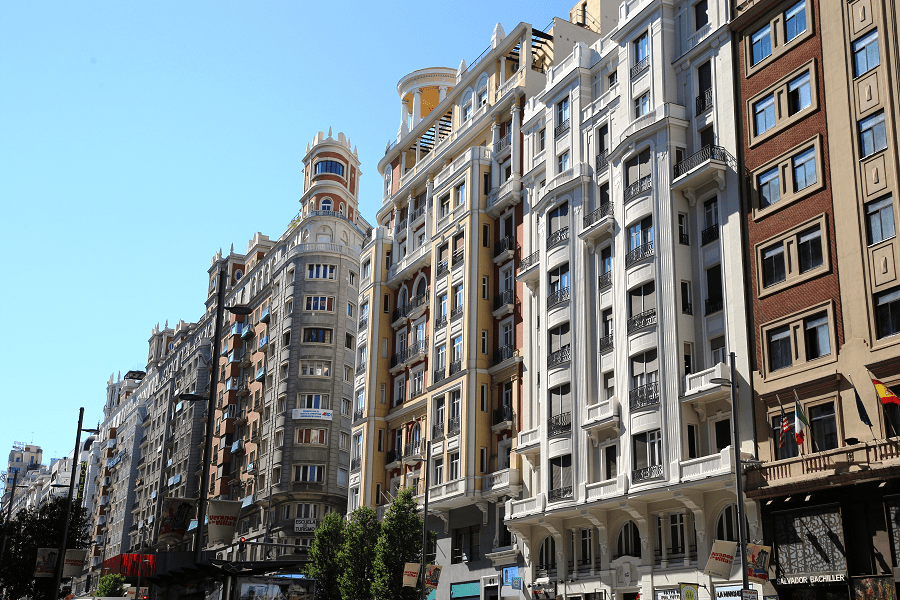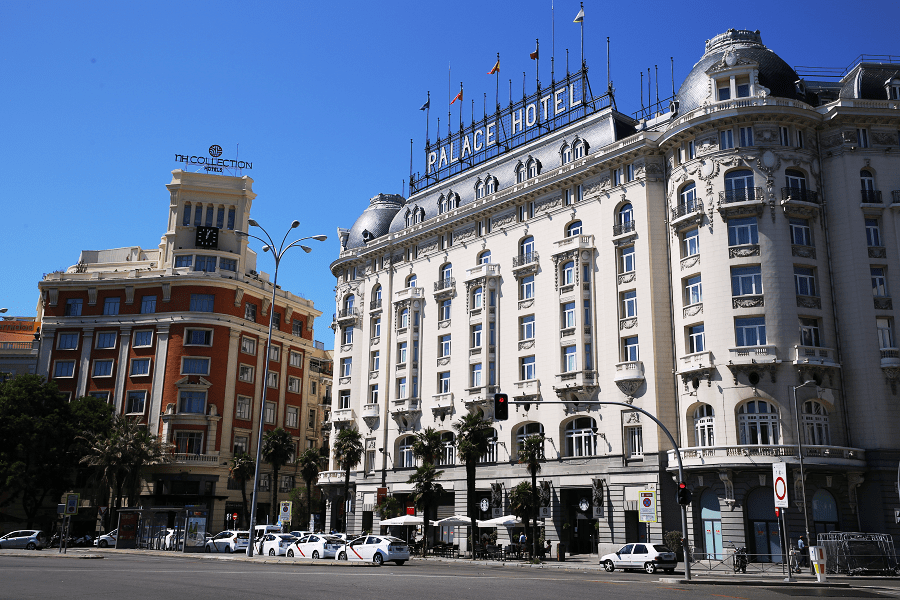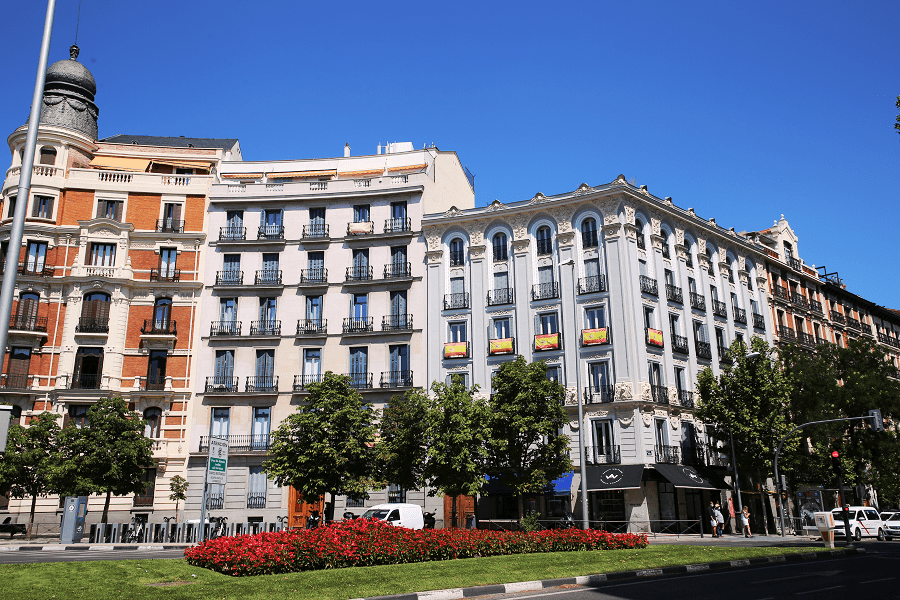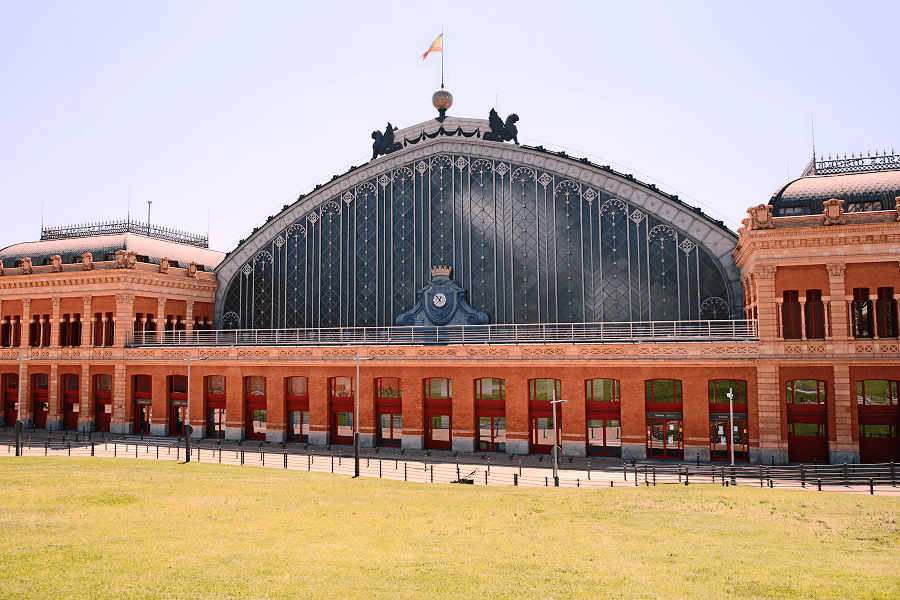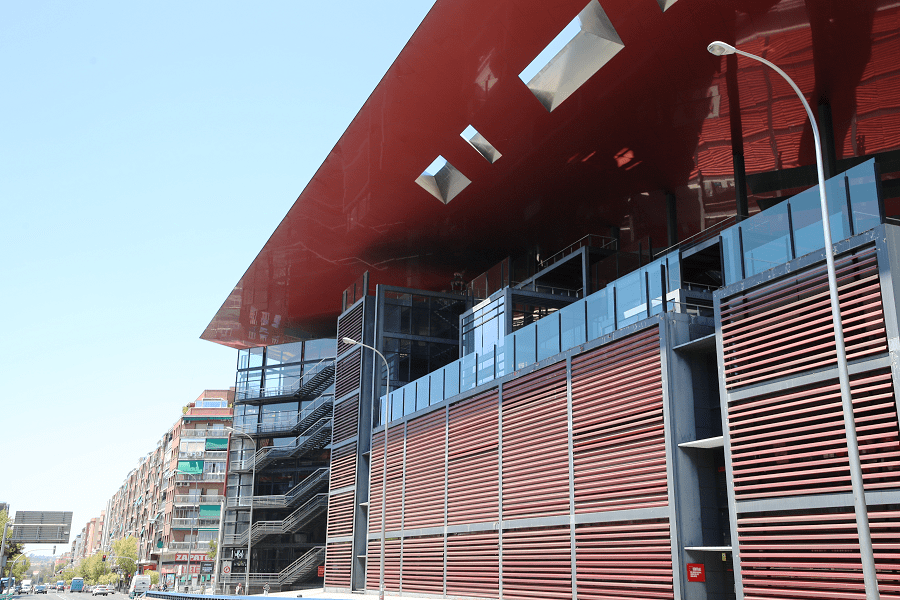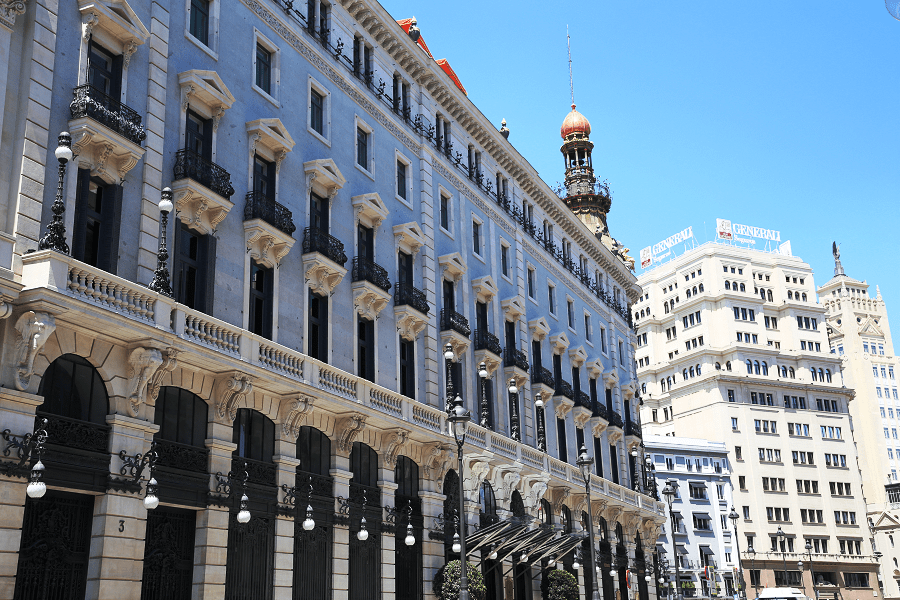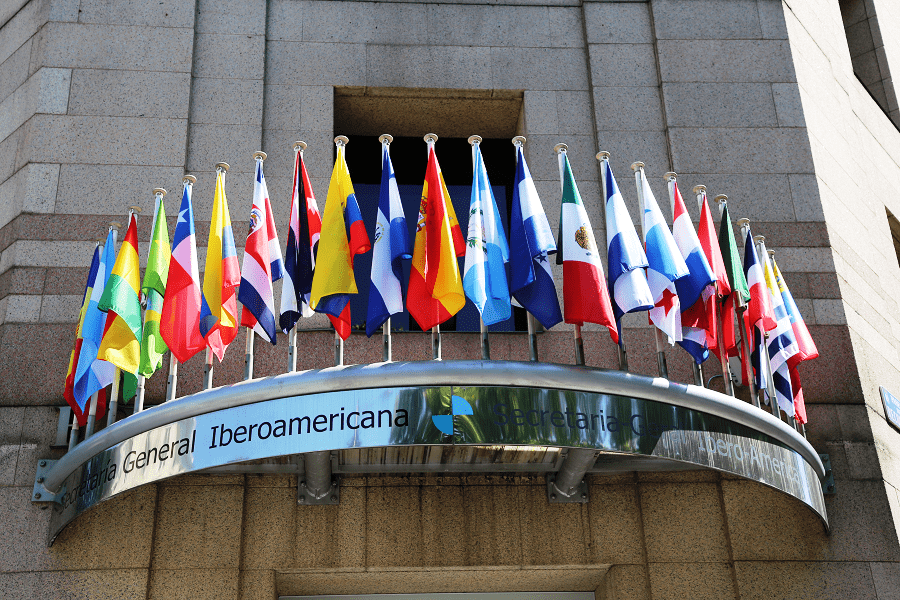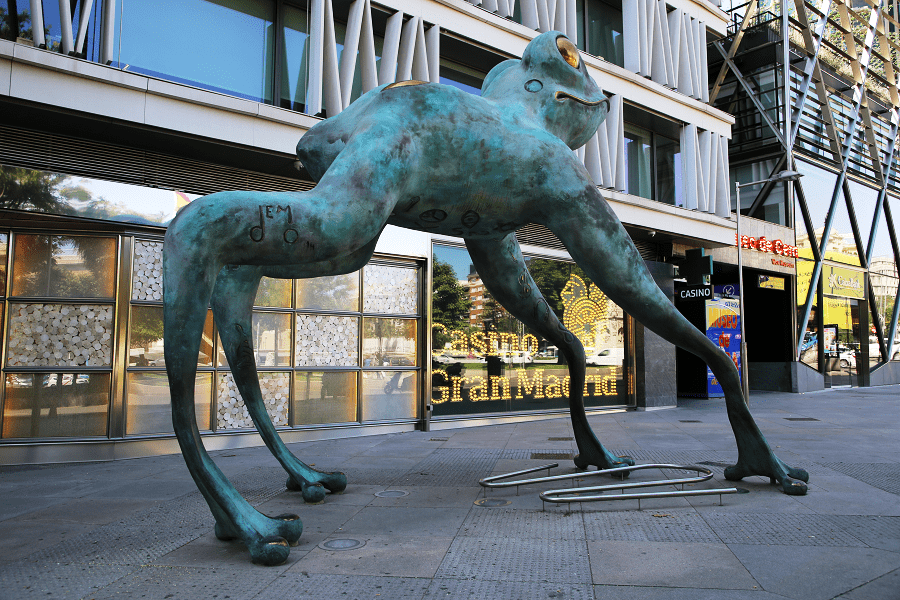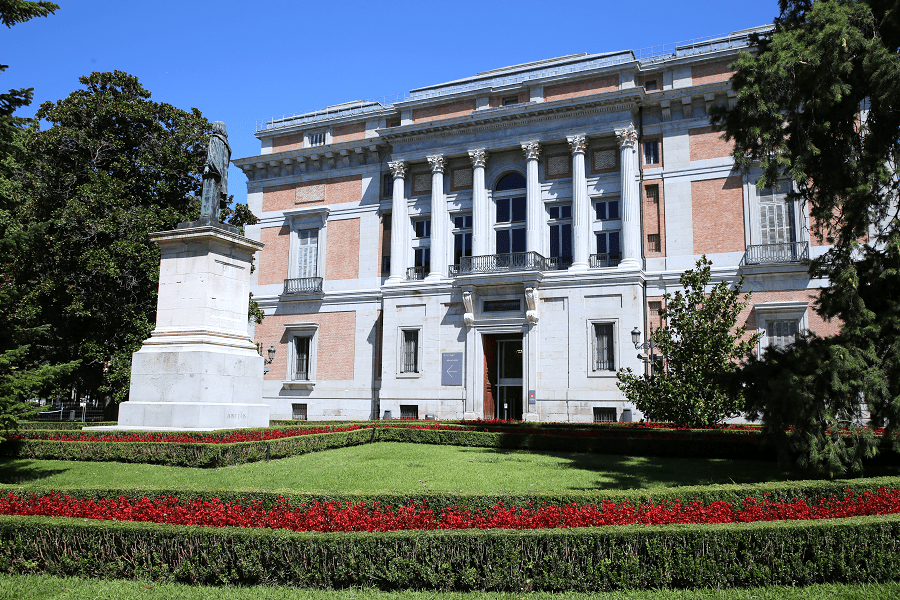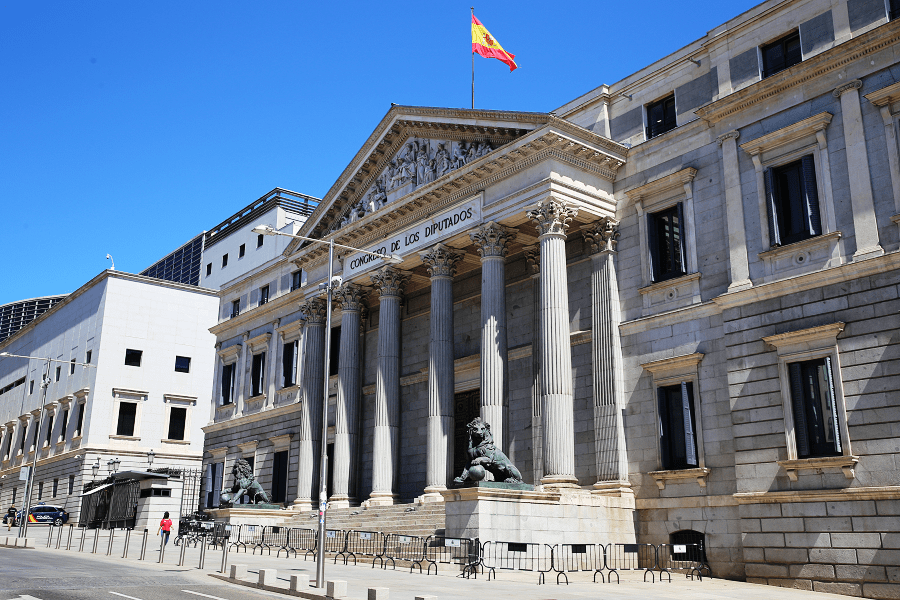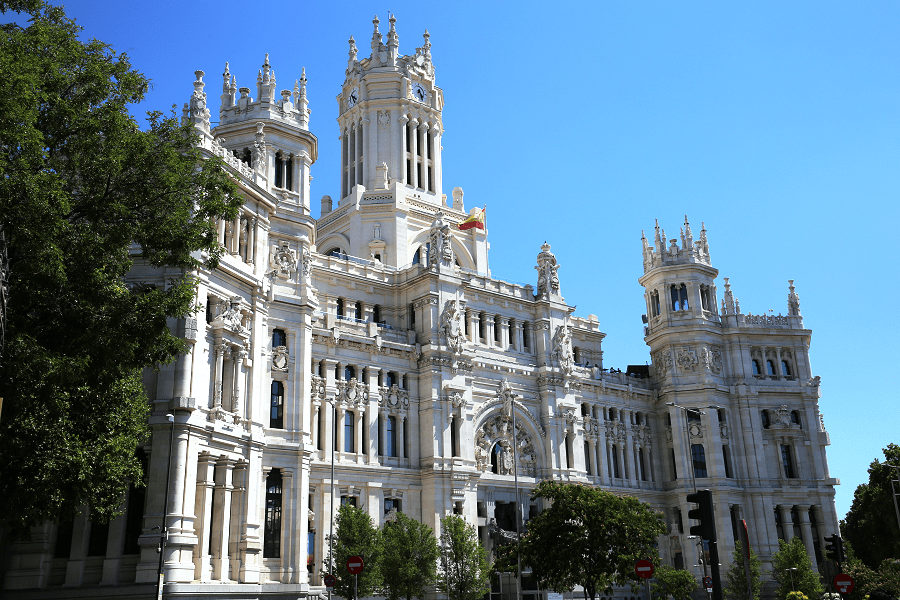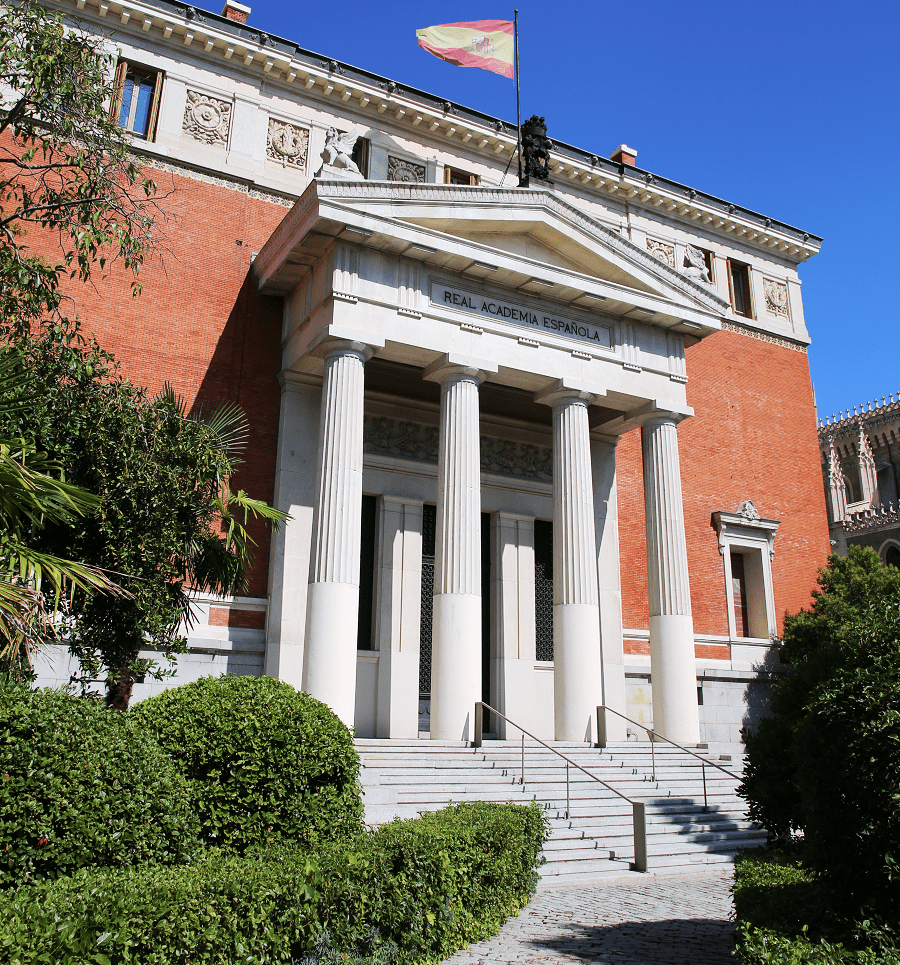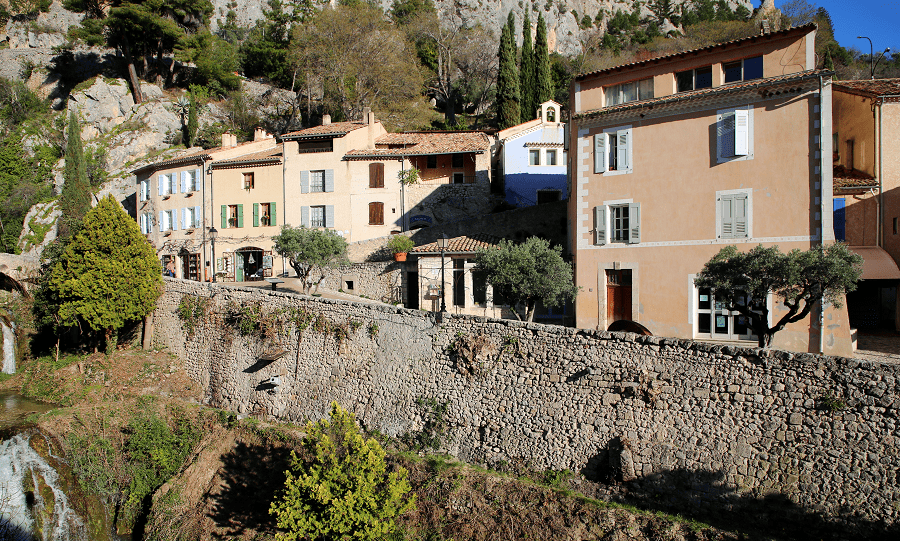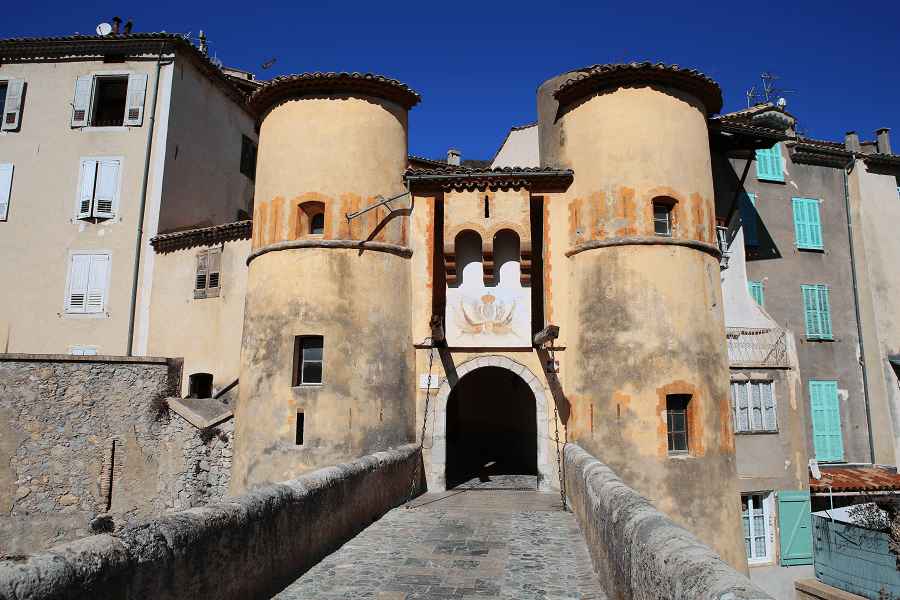Madrid is a municipality and city in Spain with the historical category of a town. It is the capital of the State and of the Community of Madrid. In its municipal area, the most populated in Spain, there are about 3,330,000 inhabitants, which makes it the second most populated city in the European Union behind Berlin. Its metropolitan area has about 6,770,000 inhabitants, the second most populated in the European Union after Paris and according to other sources also behind the Ruhr Region.
The city has a nominal GDP of 133,129 million euros –12% of the national GDP– and a nominal GDP per capita of 41,600 euros, being the 1st Spanish metropolitan area in economic activity with 19% of the GDP. It is also the first in more hotel overnight stays.
As the capital of Spain, it houses the headquarters of the Government of Spain and its Ministries, the General Courts (Congress and Senate), the Supreme Court, and the Constitutional Court, as well as the official residence of the kings of Spain and the president of the government. Economically, it is the fourth richest city in Europe, after London, Paris, and Moscow.
Approximately 50.1% of the income of the 5,000 main Spanish companies was generated by companies with headquarters in Madrid, representing 31.8% of them. It is home to the 4th largest stock market in Europe, 2nd in the Ibero-American sphere (Latibex) and several of the largest corporations in the world. It is the 8th city in the world with the largest presence of multinationals, after Beijing and Milan and ahead of Dubai, Paris, and New York.
At the international level, it houses the headquarters of the World Tourism Organization (UNWTO), which belongs to the UN; the headquarters of the International Organization of Securities Commissions (OICV); the headquarters of the Ibero-American General Secretariat (SEGIB); the headquarters of the Organization of Ibero-American States for Education, Science and Culture (OEI); the International Youth Organization for Ibero-America (OIJ); and the headquarters of the Public Interest Oversight Board (PIOB).
It also houses the main international institutions of regulators and broadcasters of the Spanish language: the Permanent Commission of the Association of Academies of the Spanish Language, headquarters of the Royal Spanish Academy (RAE), the Cervantes Institute, and the Foundation for Urgent Spanish (Fundeu). Madrid organizes fairs such as FITUR, Madrid Fusión, ARCO, SIMO TCI, the Motor Show, and the Cibeles Madrid Fashion Week.
It is an influential cultural center and has museums of international reference, among which the Prado Museum, the Museo Nacional Centro de Arte Reina Sofía, the Thyssen-Bornemisza, and CaixaForum Madrid stand out, which occupy, respectively, the 14th, 10th, 67th and 79th places among the most visited museums in the world. The Prado Museum is considered the largest art gallery in the world. Since July 2021, the Paseo del Prado, the Retiro Park, and The Jerónimos District has been included in the UNESCO World Heritage List, forming the so-called Landscape of Light, a landscape of arts and sciences, with its museums and institutions.
The origins of the city are the object of historical revision after findings of Visigoth burials, which have come to confirm that the later Muslim fortified settlement of Maǧrīţ (from the 9th century) had settled on a Visigothic vicus from the 7th century called Matrice or matrix (strea ). Archaeological excavations also reveal remains that are attributed to Roman Madrid, as well as remains that date back to the pre-Roman period.
It would not be until the 11th century that Madrid was incorporated into the Crown of Castile, after its conquest by Alfonso VI of León in 1083. It was designated as the seat of the Court by King Felipe II in 1561, becoming the first permanent capital of the Spanish monarchy and has remained the capital of the country since then, except for brief intervals of time.
Main attractions
Most of Madrid’s tourist attractions are located inside the so-called central almond (the area surrounded by the M-30), mainly in the Centro, Salamanca, Chamberí, Retiro and Arganzuela districts.
The nerve center of Madrid is the Puerta del Sol. In it, in front of the Real Casa de Correos (current headquarters of the Community of Madrid), is kilometer 0, the starting point for the numbering of all radial roads in the country. The reason for this is that when this numbering was made, in the 19th century, the Royal Post Office was the headquarters of the Ministry of the Interior, equivalent to the current Ministry of the Interior, and held the power in the matter. Ten main streets are born in this square: Calle Mayor, Arenal, Preciados, del Carmen, Montera, Alcalá, Carrera de San Jerónimo, Calle de Espoz y Mina, Carretas, and del Correo.
The Calle Mayor leads to the Plaza Mayor, built and rebuilt in successive interventions by the Major Masters of Works of Madrid, the architects most present in the Madrid plan, such as Juan Gómez de Mora (1619) or Juan de Villanueva (1790). Continuing through the so-called Madrid de los Austrias (in reference to the Habsburg dynasty), one finally arrives at Bailén Street, near the Almudena Cathedral and the Royal Basilica of San Francisco el Grande (Francisco Cabezas and Francesco Sabatini, 1784).
The Almudena Cathedral has had various projects from the 18th century (Ventura Rodríguez) to the one last executed (that of Fernando Chueca Goitia and Carlos Sidro, winners of the contest called in 1950); the neo-Romanesque crypt of the cathedral is the oldest and most valuable part of the complex, dating from the late 19th century (authored by Francisco de Cubas). Near this point is the origin of Madrid, the ruins of the Muslim wall and the Tower of Bones of the old Mayrīt fortress, as well as the later Christian wall.
In this locations are some of the most beautiful garden areas of the city, such as Campo del Moro and the Sabatini Gardens. A little further west are Casa de Campo and Madrid Río Park, crossed by the Segovia bridge (Juan de Herrera) and Toledo Bridge (Pedro de Ribera) close to the Toledo gate (Antonio López Aguado).
Calle de Arenal reaches the Plaza de Ópera, where the Teatro Real (Antonio López Aguado y Custodio Moreno, 1850) is located. Continuing on, one reaches the Plaza de Oriente, where the Royal Palace (Filippo Juvara and Juan Bautista Sachetti, 1738-1764) is located at the junction with Calle Bailén.
From there in the northern direction, one would find Plaza de España, which is the largest square in Spain with its 36,900 m², and the monument to Miguel de Cervantes, the España and Torre de Madrid buildings, and the Temple of Debod (an Egyptian temple transferred stone by stone to Spain in gratitude for the help offered in the construction of the Aswan Dam).
Also in the Plaza de España (heading east) is Calle Princesa that leads to the Plaza de Moncloa (crowned by the Moncloa Lighthouse) and the Ciudad Universitaria. In the opposite direction, heading west from Plaza de España, the Gran Vía de Madrid begins.
Calle Preciados, Calle del Carmen, and Calle de la Montera start at Puerta del Sol and head north across Madrid’s Gran Vía. The streets of Carmen and Preciados meet in the Plaza de Callao and leave the Malasaña neighborhood to the north (an important night and cultural activity). At the intersection of Gran Vía with Calle Montera, the Malasaña area gives way to the Chueca neighborhood (the LGTB nerve center in Spain). The Gran Vía, which starts at Plaza de España, finally reaches the intersection with Alcalá street in the vicinity of the Fuente de Cibeles and Paseo de la Castellana.
Calle de Alcalá leads from Puerta del Sol towards the northeast of the city. From there os the Plaza de Cibeles, where one will find emblematic places such as the Cibeles fountain, the Bank of Spain or the Palacio de Comunicaciones (Antonio Palacios, 1918), current headquarters of the Madrid City Council.
Further on, the street reaches the Plaza de la Independencia, where the Puerta de Alcalá, Calle Serrano, and an entrance to the Retiro Park (in which there are emblematic places such as the Crystal Palace from 1887 by Ricardo Velázquez Bosco, the Big Pond, the Casón del Buen Retiro and the Casa de Fieras) are located. Calle Alcalá continues through the Salamanca district (Madrid’s golden mile where the world’s most important fashion and luxury brands are located) until it reaches the vicinity of the Palacio de Deportes (on Goya Street).
Further on, Calle Alcalá reaches the Las Ventas bullring (by José Espeliús, 1929, a very late example of the Neo-Mudejar style). Calle Alcalá crosses the M-30 and continues until you reach the A-2 highway in the vicinity of the Adolfo Suárez Madrid-Barajas Airport.
The Carrera de San Jerónimo leaves from Puerta del Sol towards the southeast, crossing the Canalejas squares and the Cortes square (next to the Palacio de las Cortes, headquarters of the Congress of Deputies), until finally reaching the Cánovas del Castle, where the Neptune Fountain and the famous Ritz and Palace historical hotels are located.
Next to them is the so-called Art Triangle (Prado, Reina Sofía and Thyssen-Bornemisza museums), in the landscaped Prado Room. Not far away is the Botanical Garden, the Astronomical Observatory (Juan de Villanueva), the Ministry of Agriculture (Ricardo Velázquez Bosco), the Basilica of Our Lady of Atocha, the Pantheon of Illustrious Men (Fernando Arbós and Tremanti), and the Real tapestry factory. Also in this environment is the church of San Jerónimo el Real, the Palacio de la Bolsa (by Enrique María Repullés), and the Royal Academy of the Spanish language.
Calle del Correo, Calle de Carretas, and Calle de Espoz y Mina start from Puerta del Sol towards the south, towards the Barrio de las Letras (an area where there are many bars and pubs, especially in the surroundings of Huertas streets, Atocha street and the Plaza de Santa Ana), and further on is the Lavapiés neighborhood (current multicultural area of bars). The Barrio de las Letras ends at Paseo del Prado, in the vicinity of the Emperor Carlos V roundabout and the emblematic Atocha Station (by the engineer and architect Alberto de Palacio, enlarged in the 1990s by Rafael Moneo). In this area is also the Railway Museum, in the Arganzuela district.
The Paseo del Prado, which since 2021 has been included in the list of World Heritage Sites, forms part of the Landscape of Light. It begins at the roundabout of Emperor Carlos V and reaches the Cibeles fountain, continuing north with the name of Paseo de Recoletos until the Plaza de Colón, where the National Library (Francisco Jareño), the Torres de Colón (Antonio Lamela), and an underground cultural center under the Discovery Gardens (in the space occupied by the old Casa de la Moneda, work of Jareño, and outside of which stands the Monument to the Discovery of America by Joaquín Vaquero Turcios) are located.
There one can also find the Columbus Monument (by Arturo Mélida and Jerónimo Suñol) and the largest flag of Spain in the country (with an area of nearly 300 square meters and a 50-meter height). At this point, Paseo de Recoletos changes its name again to Paseo de la Castellana and becomes one of the most important roads in the capital, where the Santiago Bernabéu Stadium is located together with the business areas of Nuevos Ministerios, AZCA, and Cuatro Torres Business Area (with some of the tallest buildings in the country, like the Cuatro Torres). Close to this are some outstanding works of contemporary architecture in Madrid: the Torre del Banco de Bilbao (by Francisco Javier Sáenz de Oiza, also creator of another of the landmarks of this period: the Torres Blancas building), the Torre Picaso, and the popular Torres Kio (two inclined twin towers), from where the Madrid Nuevo Norte space is born.
Religious buildings
Madrid has a considerable number of Catholic churches, some of which are among the most important Spanish religious artworks.
The oldest church that survives today is San Nicolás de los Servitas, whose oldest item is the bell tower (12th century), in Mudéjar style. The next oldest church is San Pedro el Real, with its high brick tower.
St. Jerome Church is a gothic church next to El Prado Museum. The Catholic Monarchs ordered its construction in the 15th century, as part of a vanished monastery.
The Bishop Chapel is a gothic chapel built in the 16th century by order of the Bishop of Plasencia, Gutierre de Vargas. It was originally built to house the remains of Saint Isidore Laborer (Madrid’s patron saint), but it was used as the Vargas family mausoleum. Inside are the altarpiece and the tombs of the Vargas family, which were the work of Francisco Giralte, a disciple of Alonso Berruguete. They are considered masterpieces of Spanish Renaissance sculpture.
St. Isidore Church was built between 1620 and 1664 by order of Empress Maria of Austria, daughter of Charles V of Germany and I of Spain, to become part of a school run by the Jesuits, which still exists today.
The Royal Convent of La Encarnación is an Augustinian Recollect convent. The institution, which belonged to ladies of the nobility, was founded by Queen Margaret of Austria, wife of Philip III of Spain, in the early 17th century.
San Antonio de los Alemanes (St. Anthony Church) is a pretty 17th-century church that was originally part of a Portuguese hospital. Subsequently, it was donated to the Germans living in the city.
The Royal Chapel of St. Anthony of La Florida is sometimes named the “Goya’s Sistine Chapel”. The chapel was built on orders of King Charles IV of Spain, who also commissioned the frescoes by Goya. These were completed over a six-month period in 1798.
San Francisco el Grande Basilica was built in neoclassical style in the second half of the 18th century by Francesco Sabatini. It has the fifth largest diameter dome to Christianity.
The Cathedral of Santa María la Real de la Almudena is the episcopal seat of the Archdiocese of Madrid. It is a temple 102 metres long and 73 metres high, built during the 19th and 20th centuries in a mixture of different styles: neoclassical exterior, neo-Gothic interior, neo-Romanesque crypt, and neo-Byzantine apse’s paints.
The Church of Cathedral of Santa María la Real de la Almudena is a neogothic Catholic church, opened in 1914.
Museums
Madrid is considered one of the top European destinations concerning art museums. Best known is the Golden Triangle of Art, located along the Paseo del Prado and comprising three major museums: the Prado Museum, the Reina Sofía Museum, and the Thyssen Bornemisza Museum.
The Prado Museum (Museo del Prado) is a museum and art gallery that features one of the world’s finest collections of European art, from the 12th century to the early 19th century, based on the former Spanish Royal Collection. It has the best collection of artworks by Goya, Velázquez, El Greco, Rubens, Titian, Hieronymus Bosch, José de Ribera, and Patinir as well as works by Rogier van der Weyden, Raphael Sanzio, Tintoretto, Veronese, Caravaggio, Van Dyck, Albrecht Dürer, Claude Lorrain, Murillo, and Zurbarán, among others.
The Reina Sofía National Art Museum (Museo Nacional Centro de Arte Reina Sofía; MNCARS) is Madrid’s national museum of 20th-century art and houses Pablo Picasso’s 1937 anti-war masterpiece, Guernica. Other highlights of the museum, which is mainly dedicated to Spanish art, include excellent collections of Spain’s greatest 20th-century masters including Salvador Dalí, Joan Miró, Picasso, Juan Gris, and Julio González. The Reina Sofía also hosts a free-access art library.
The Thyssen-Bornemisza Museum (Museo Thyssen-Bornemisza) is an art museum that fills the historical gaps in its counterparts’ collections: in the Prado’s case, this includes Italian primitives and works from the English, Dutch, and German schools, while in the case of the Reina Sofía, the Thyssen-Bornemisza collection, once the second largest private collection in the world after the British Royal Collection, includes Impressionists, Expressionists, and European and American paintings from the second half of the 20th century, with over 1,600 paintings. More
The National Archaeological Museum of Madrid (Museo Arqueológico Nacional) shows archaeological finds from Prehistory to the 19th century (including Roman mosaics, Greek ceramics, Islamic art and Romanesque art), especially from the Iberian Peninsula, distributed over three floors.
The Royal Academy of Fine Arts of San Fernando (Real Academia de Bellas Artes de San Fernando) houses a fine art collection of paintings ranging the 15th to 20th centuries. The academy is also the headquarters of the Madrid Academy of Art.
CaixaForum Madrid is a post-modern art gallery in the centre of Madrid, next to the Prado Museum.
The Royal Palace of Madrid, a massive building characterised by its luxurious rooms, houses rich collections of armours and weapons, as well as the most comprehensive collection of Stradivarius in the world. The Museo de las Colecciones Reales is a future museum intended to host the most outstanding pieces of the Royal Collections part of the Patrimonio Nacional.
Other notable museums include the National Museum of Natural Sciences (the Spain’s national museum of natural history), the Naval Museum, the Convent of Las Descalzas Reales (with many works of Renaissance and Baroque art, and Brussels tapestries inspired by paintings of Rubens), the Museum of Lázaro Galdiano (housing a collection specialising in decorative arts, featuring a collection of weapons that features the sword of Pope Innocent VIII), the National Museum of Decorative Arts, the National Museum of Romanticism (focused on 19th century Romanticism), the Museum Cerralbo, the National Museum of Anthropology (featuring as highlight a Guanche mummy from Tenerife) the Sorolla Museum (focused in the namesake Valencian Impressionist painter, also including sculptures by Auguste Rodin, part of Sorolla’s personal effects), or the History Museum of Madrid (housing pieces related to the local history of Madrid), the Wax Museum of Madrid, the Railway Museum (located in the building that was once the Delicias Station).
Cuisine and restaurants
The Madrilenian cuisine has received plenty of influences from other regions of Spain and its own identity actually relies in its ability to assimilate elements from the immigration.
The cocido madrileño, a chickpea-based stew, is one of the most emblematic dishes of the Madrilenian cuisine. The callos a la madrileña is another traditional winter specialty, usually made of cattle tripes. Other offal dishes typical in the city include the gallinejas or grilled pig’s ear. Fried squid has become a culinary specialty in Madrid, often consumed in sandwich as bocata de calamares. See here best restaurants of Madrid (97).
Shopping
Madrid is the second shopping destination in Europe and one of the most important in the world.
The famous “Milla de Oro” (Golden Mile) in the Salamanca neighbourhood, is a tourist mandatory visit for luxury shopping. The greatest Spanish fashion firms like Loewe, Amaya Arzuaga, Kina Fernández, Adolfo Dominguez, Ágatha Ruiz de la Prada, Roberto Verino, Manolo Blahnik or Angel Schlesser go hand in hand with international luxury icons such as Chanel, Armani and Valentino.
If you are looking for original, avant-garde, bohemian and the latest fashion trends, you should definitely visit Chueca and Fuencarral. You will find there many small shops for young and transgressor people. The area is framed within the Triball Madrid project, an important commercial and touristic focal point similar to New York’s Soho. One of its main exponents is Fuencarral Market (“Mercado de Fuencarral”), where craftspeople, designers and small traders all around Spain offer different products that are so original that are very difficult to find in other parts of the region.
In the central area of the capital you will discover the most traditional products. Craftsmanship, ceramics, metalwork, leather products, hand fans, guitars, Manila shawls, typical “chulapo” caps and the famous espadrilles among others, complement the shopping offers of small shops with centuries of history, as active as on the first opening day.
Transport and how to get to?
Roads
Madrid features a number of the most prominent autovías (fast dualled highways), part of the State Road Network. Clock-wise starting from the north: the A-1 (Madrid–Irún–French border), A-2 (Madrid–Zaragoza–Barcelona–French border), A-3 (Madrid–Valencia), A-4 (Madrid–Córdoba–Seville–Cádiz), A-5 (Madrid–Badajoz–Portuguese border) and the A-6 (Madrid–A Coruña). The A-42, another highway connecting Madrid to Toledo, is also part of the State Network.
Distance by car to the capitals of the Spanish Communities:
To Barcelona (Catalonia) 6 hr 11 min (625 km) via AP-2 and A-2
To Valencia (Valencian community) 3 hr 37 min (360 km) via A-3
To Murcia (Murcian community) 3 hr 47 min (405 km) via A-30 and AP-36
To Seville (Andalusia) 5 hr 16 min (529 km) via A-4
To Merida (Extremadura) 3 hr 7 min (338 km) A-5
To Toledo (Castile-La Mancha) 1 hr 4 min (74.3 km) via A-42
To Zaragoza (Aragon) 3 hr 31 min (322 km) via A-2
To Valladolid (Castile and Leon) 2 hr 19 min (193 km) via AP-6 and N-601
To Santiago de Compostela (Galicia) 5 hr 52 min (604 km) via A-6 and A-52
To Oviedo (Asturias) 4 hr 30 min (449 km) via A-6
To Santander (Cantabria) 4 hr 34 min (458 km) via A-67
To Vitoria-Gasteiz (Basque community) 3 hr 48 min (365 km) via A-1
To Pamplona (Navarre) 4 hr 32 min (397 km) via A-2
To Logroño (La Rioja) 3 hr 58 min (335 km) via A-2 and N-111
Shortest distances to the main European cities
From Paris: 13 hr 30 min (1,275 km) via A10
From Andorra: 6 hr 42 min (614 km) via A-2
From Monaco: 13 hr 25 min (1,284 km) via A-2
From Moscow: 44 hr (4,115 km) via E30/M1
From Bern: 15 hr 50 min (1,542 km) via A-2
From Belgrade: 26 hr (2,589 km) via E70
From Istanbul: 37 hr (3,547 km) via E70
Metro
The Metro is the rapid transit system serving Madrid as well as some suburbs. Founded in 1919, it underwent extensive enlargement in the second half of the 20th century. It is the second longest metro system in Europe (after London’s) at 294 kilometres. As of 2021, it has 302 stations. Only the Métro of Paris has more stations. It features 13 lines.
Buses
There is a dense network of bus routes, run by the municipal company Empresa Municipal de Transportes (or EMT Madrid), which operates 24 hours a day; special services called “N lines” are run during nighttime. The special Airport Express Shuttle line connecting the airport with the city centre features distinctively yellow buses. In addition to the urban lines operated by the EMT, the green buses (interurbanos) connect the city with the suburbs.
Trains
In terms of longer-distance transport, Madrid is the central node of the system of autovías, giving the city direct fast road links with most parts of Spain and with France and Portugal. It is also the focal point of one of the world’s three largest high-speed rail systems, Alta Velocidad Española (AVE), which has brought major cities such as Seville and Barcelona within 2.5 hours travel time. There are now 2,900 kilometres of AVE track, connecting Madrid with 17 provincial capitals, and further lines are under construction.
Also Spain business are designing new high speed trains which will be the new generation AVE like Talgo AVRIL.
Airports
Madrid is also home to the Madrid-Barajas Airport, the sixth-largest airport in Europe, handling over 60 million passengers annually, of whom 70% are international travellers, in addition to the majority of Spain’s air freight movements.
The smaller (and older) Cuatro Vientos Airport has a dual military-civilian use and hosts several aviation schools.
Main information
Area: 604,45 km² (municipality)
Coordinates: 40°25′08″N 3°41′31″W
Population: 3 334 730
Languages: Spanish
Currency: Euro
Visa: Schengen
Time: Central European UTC +1
Postal code: 28001–28080
Area code: +34 (ES) + 91 (M)




